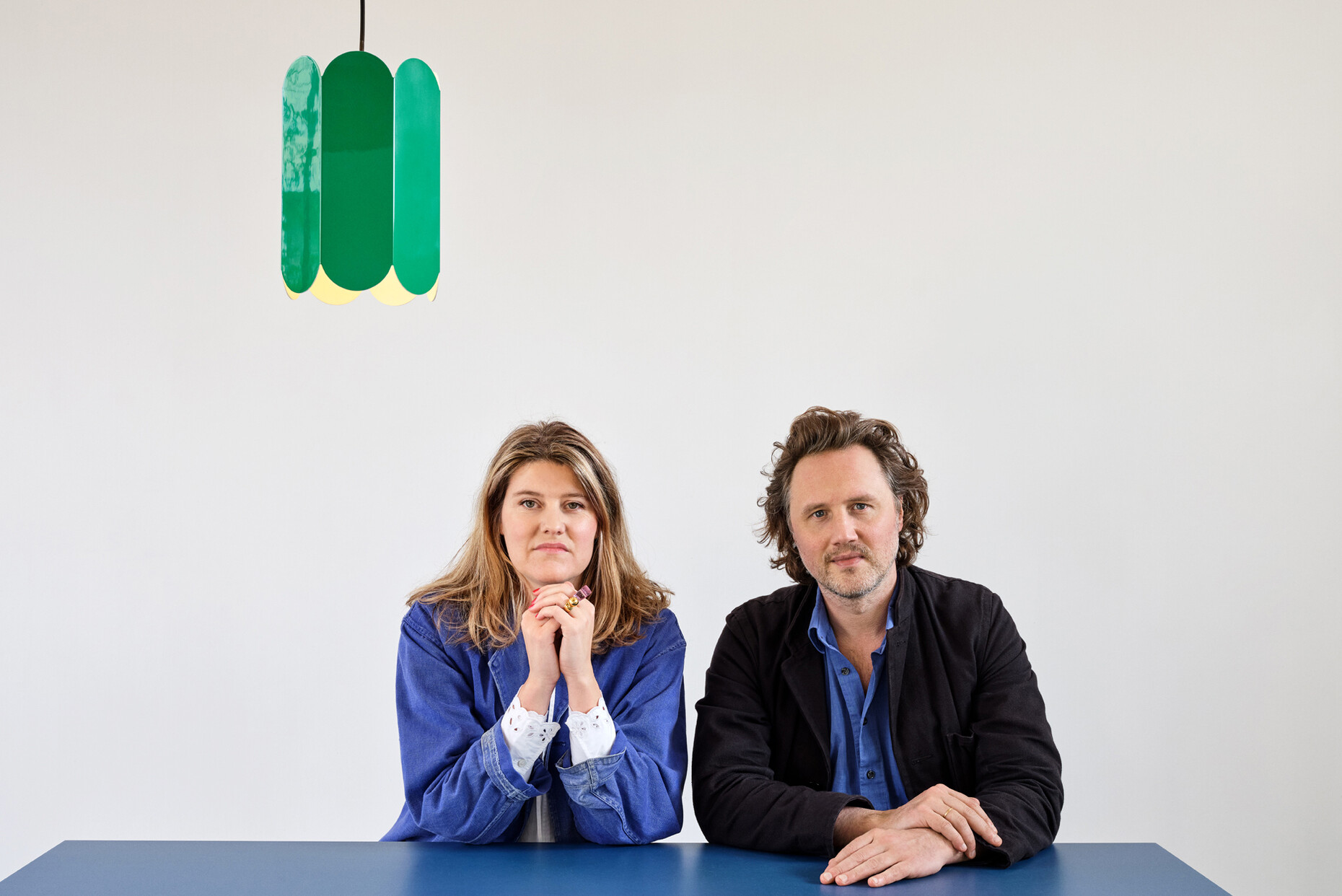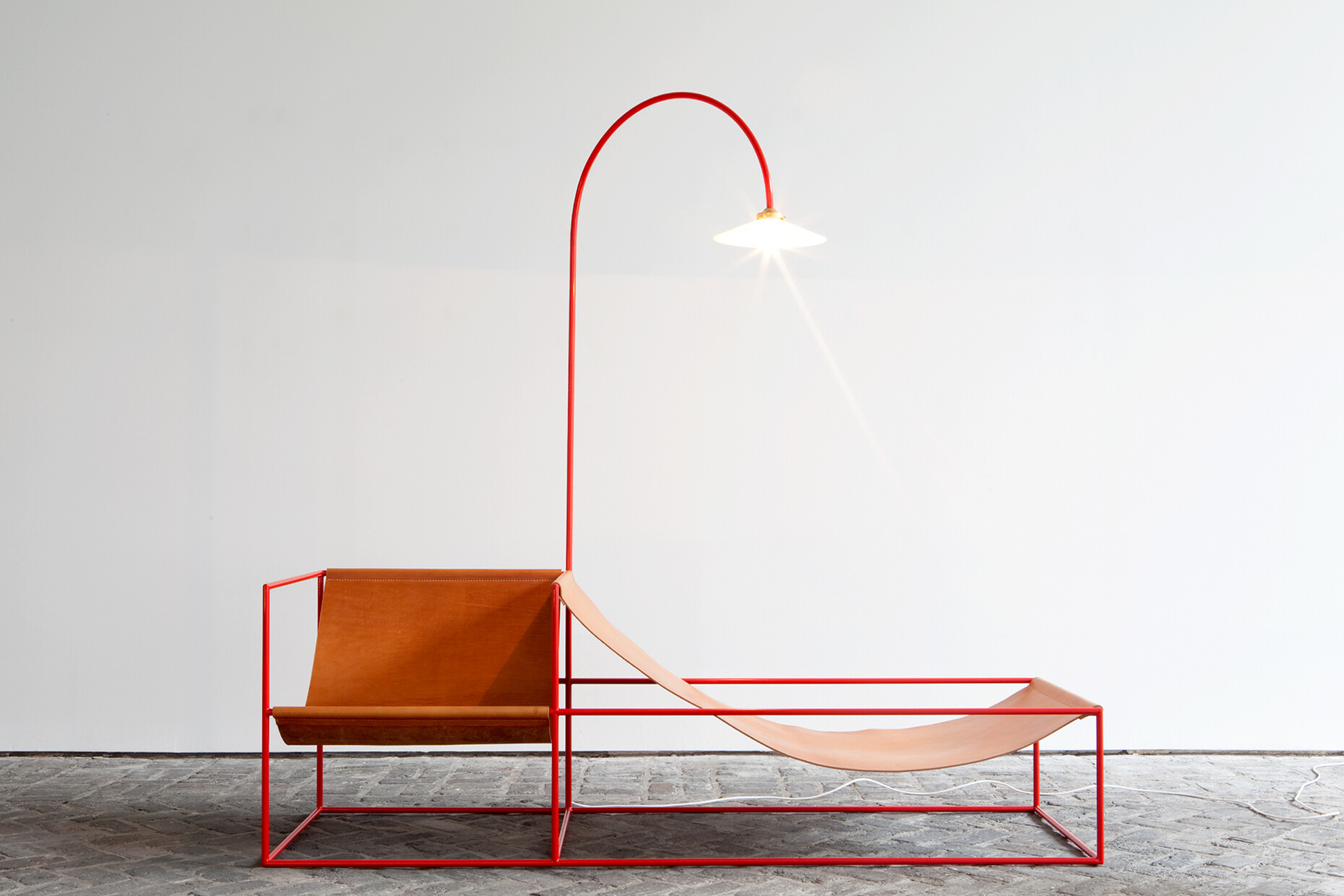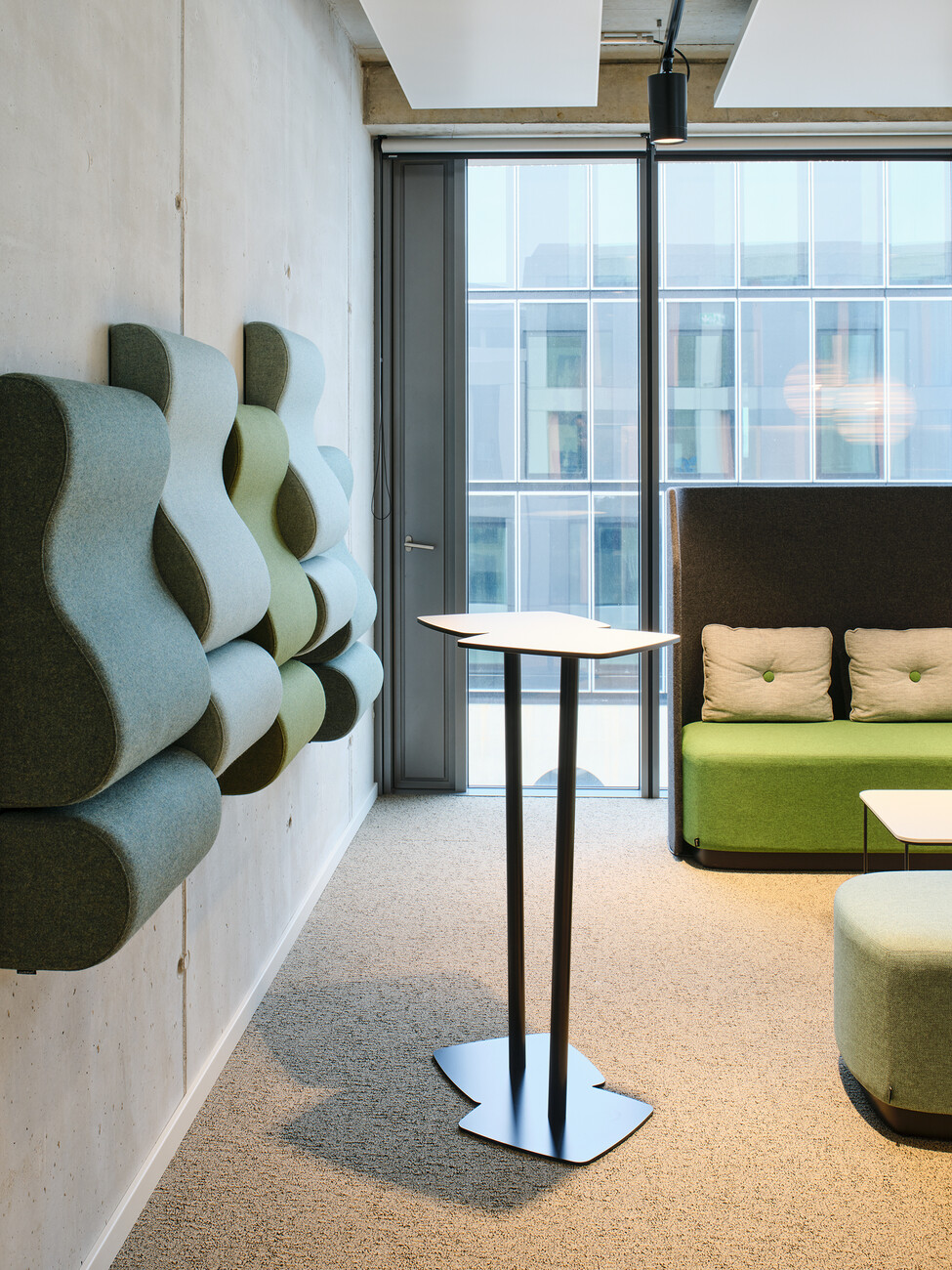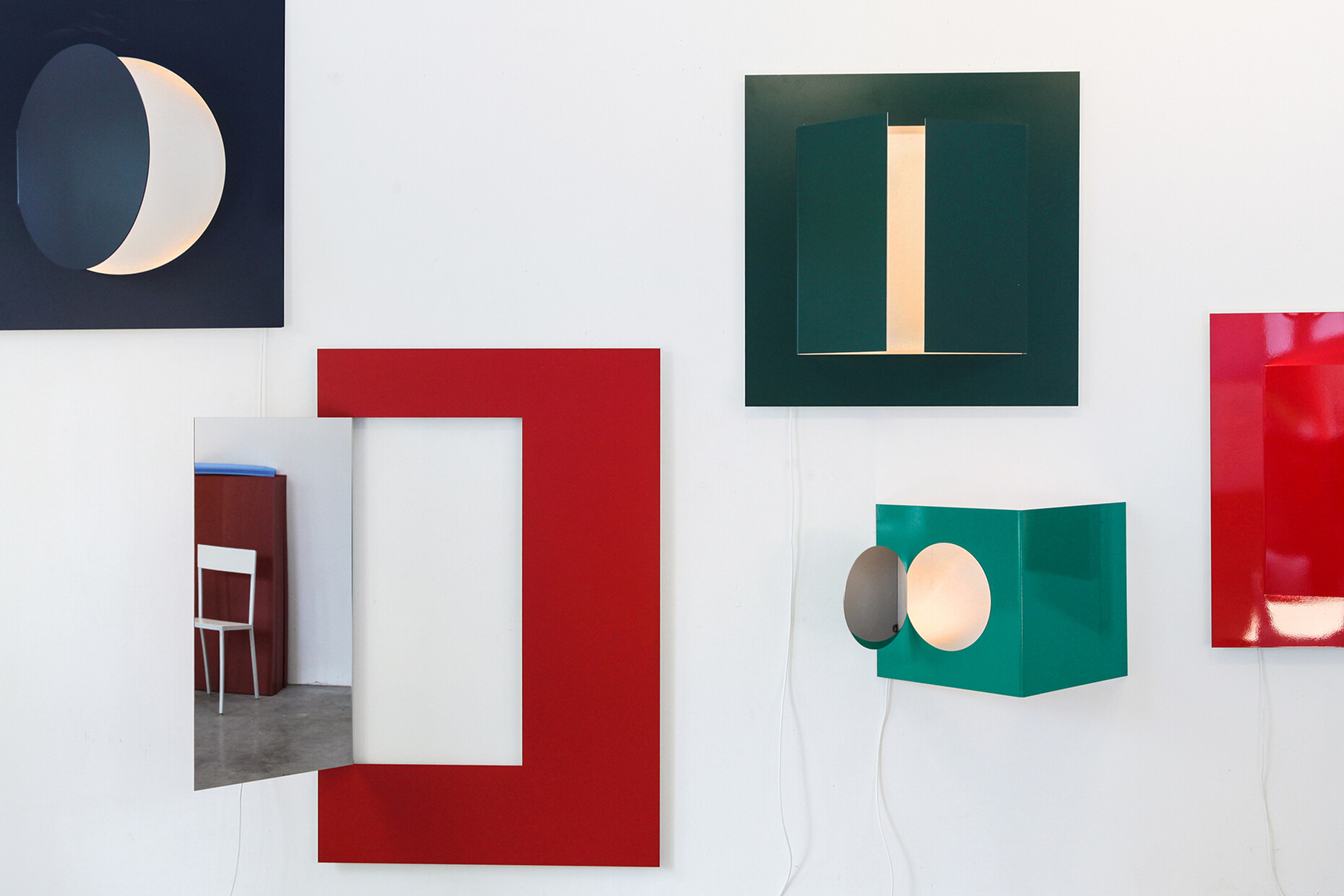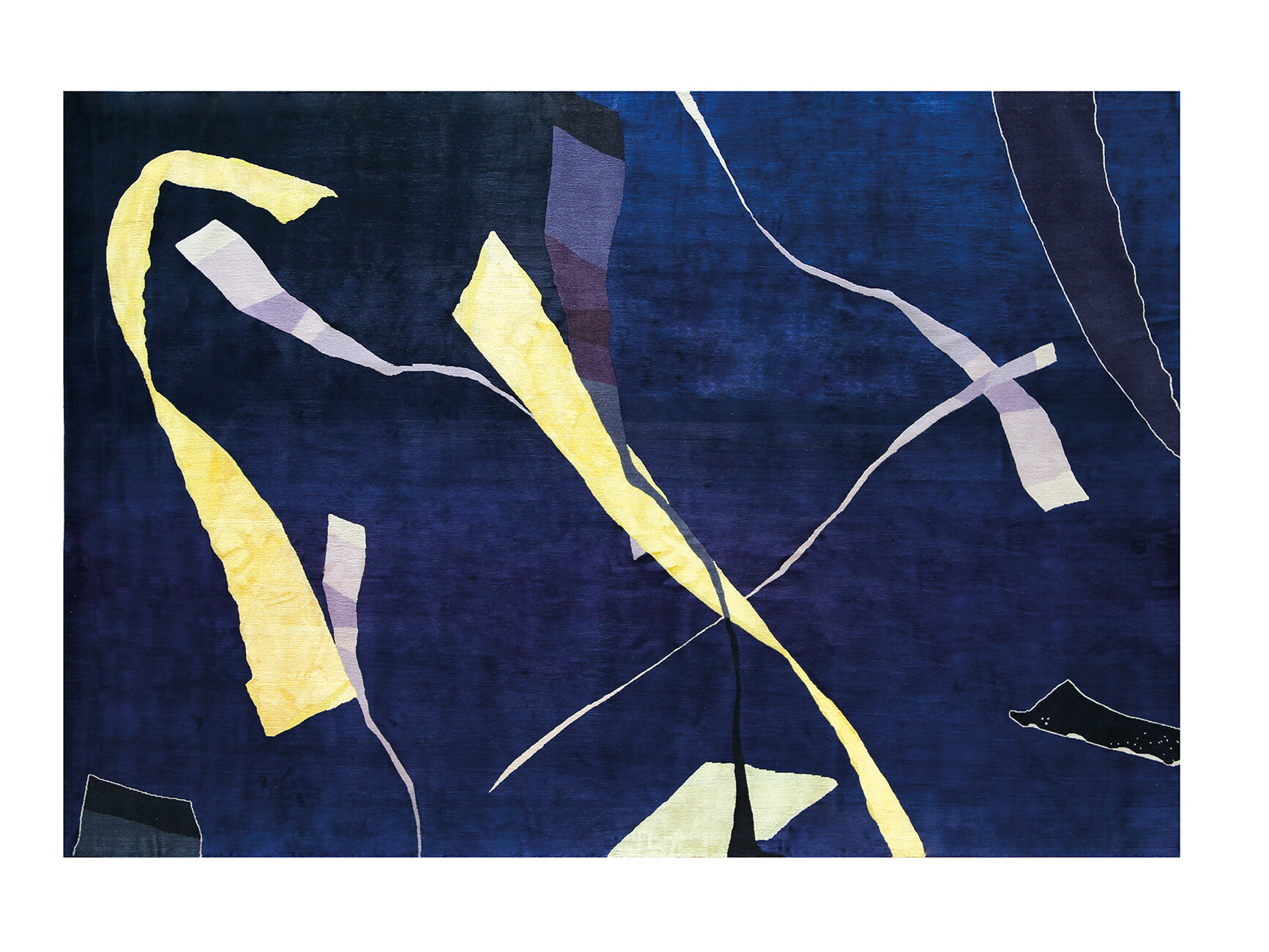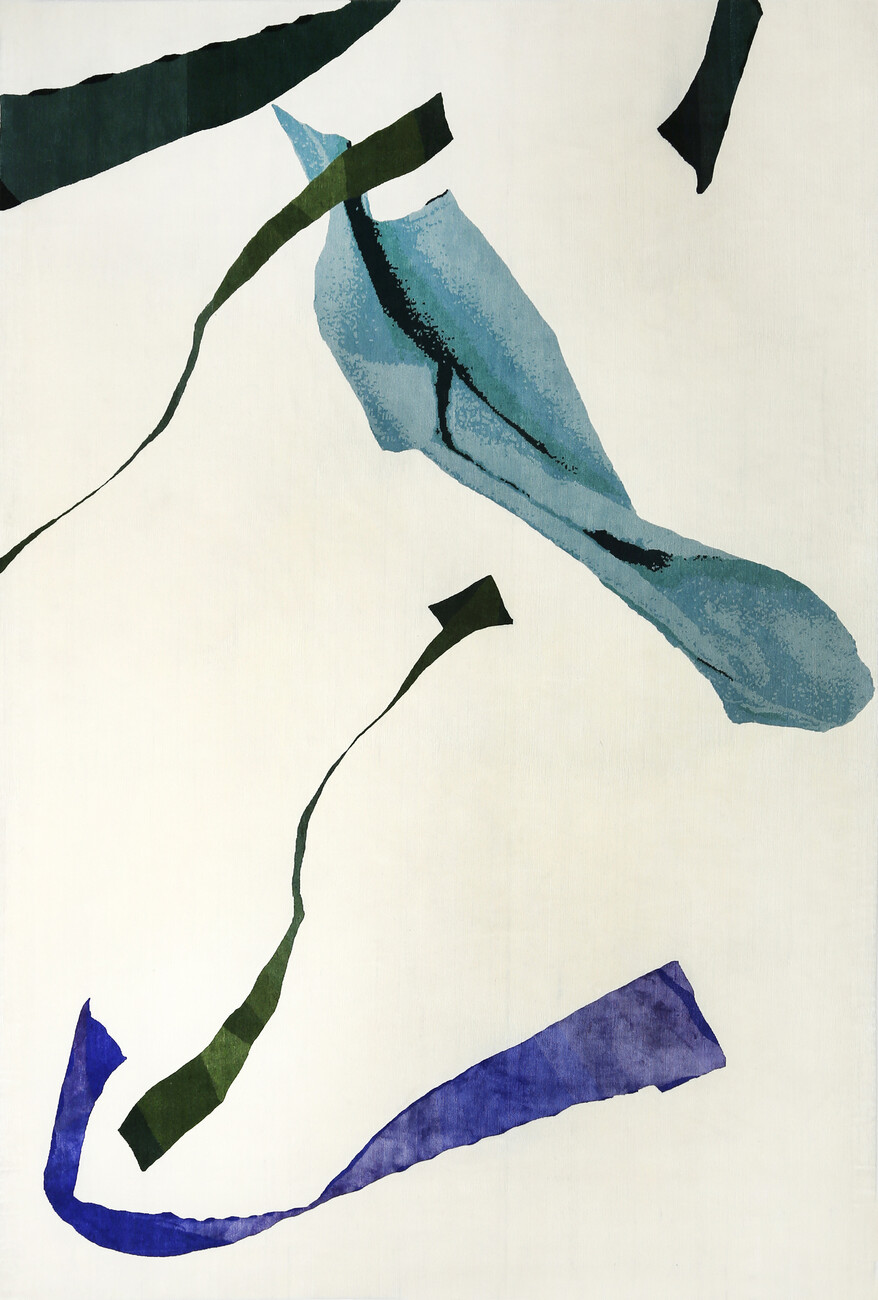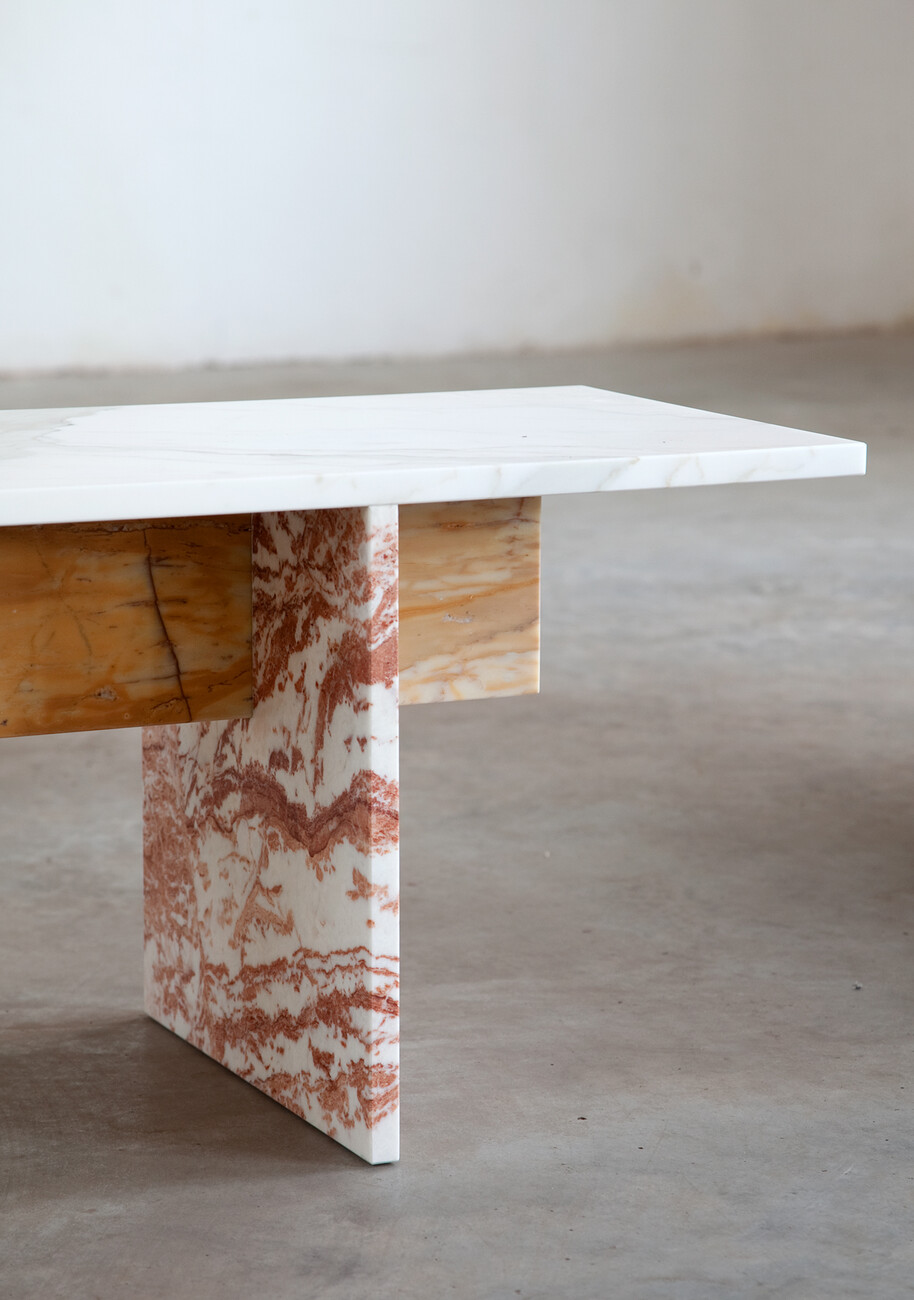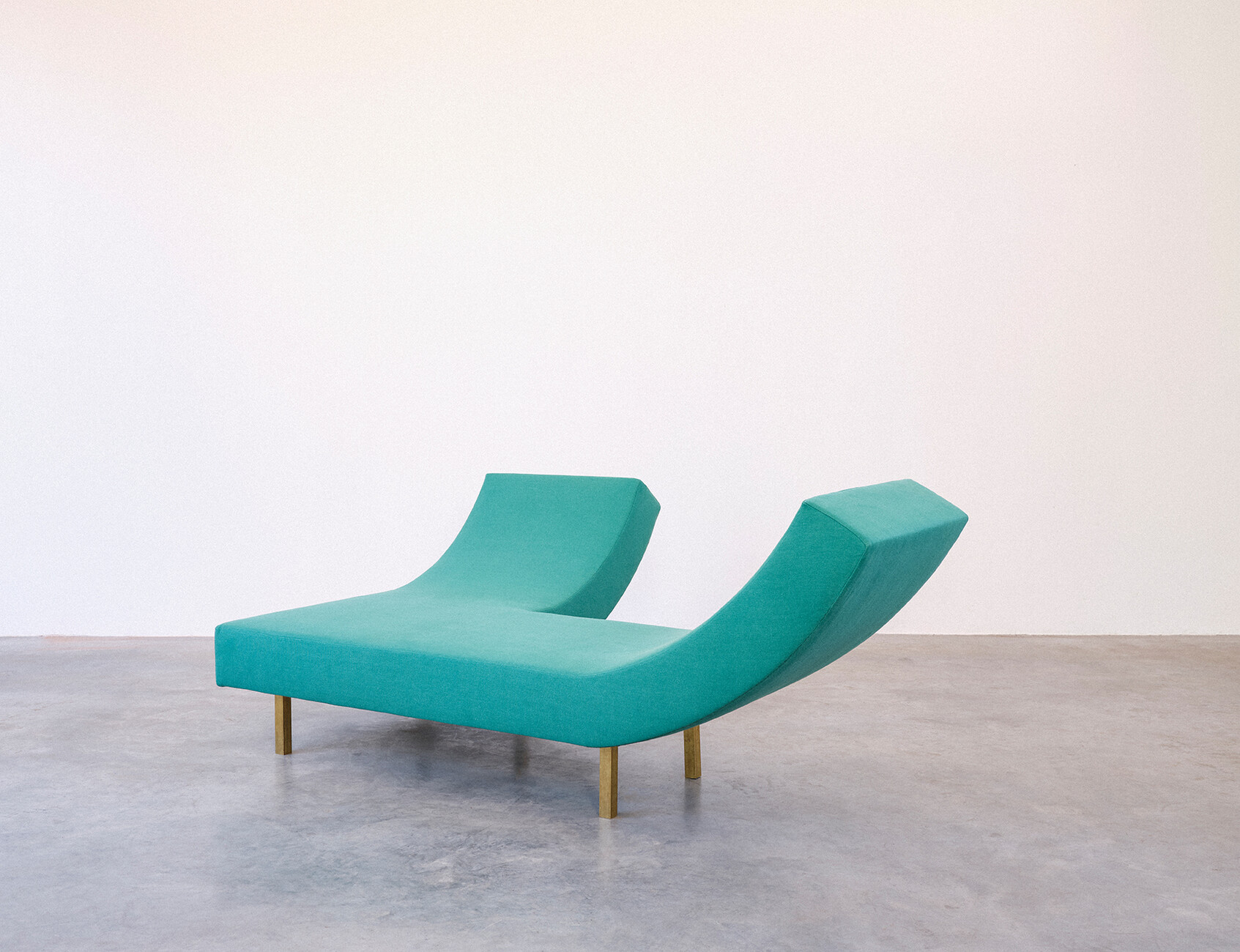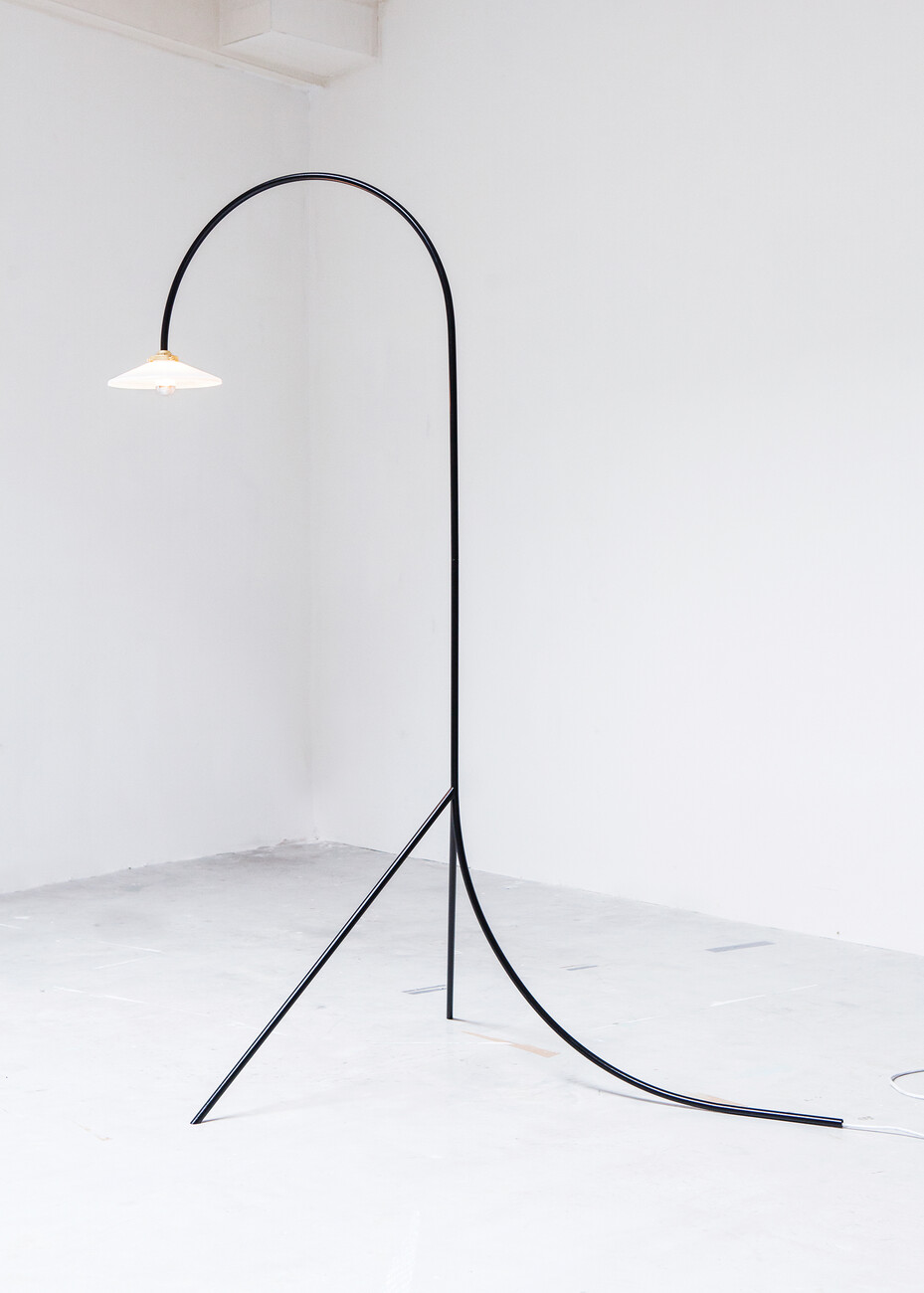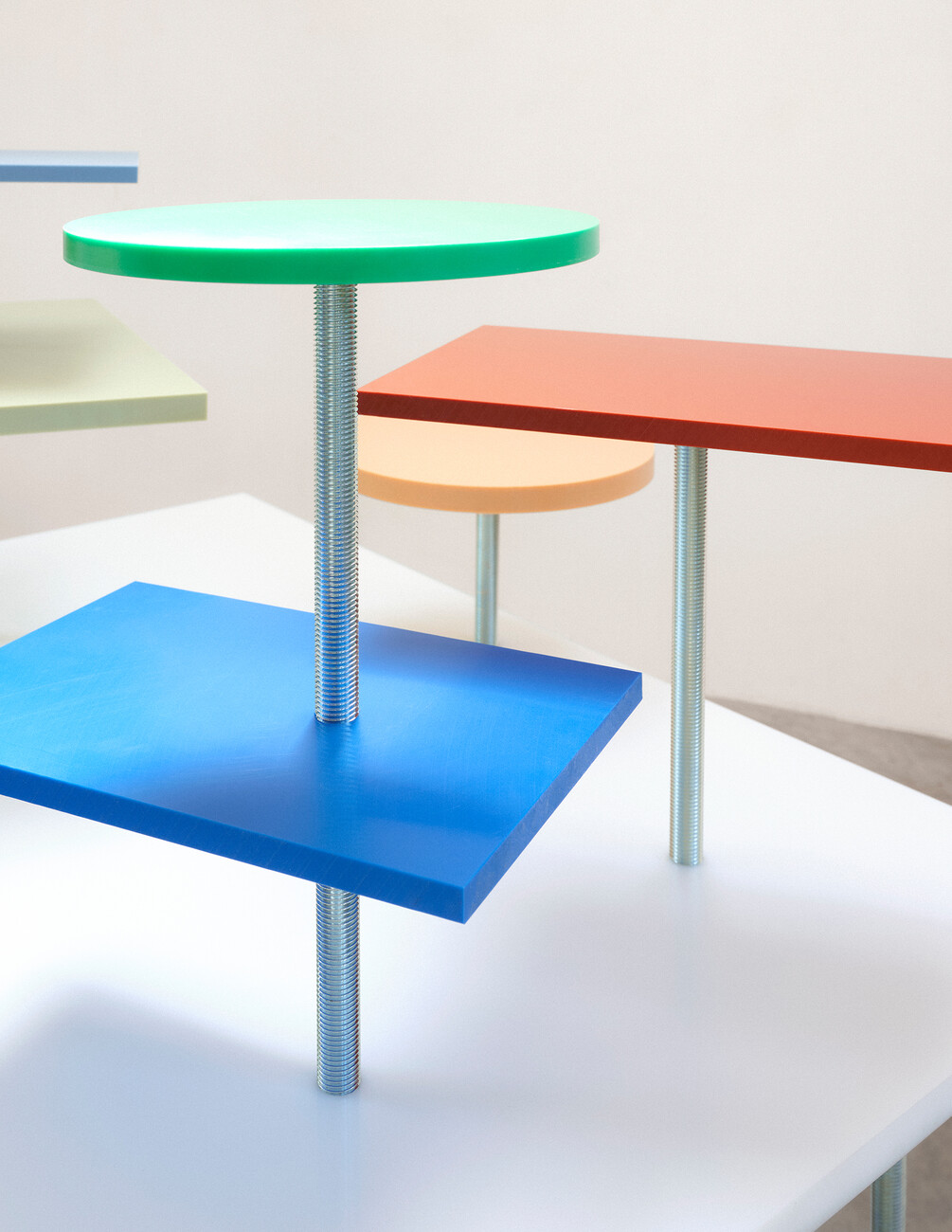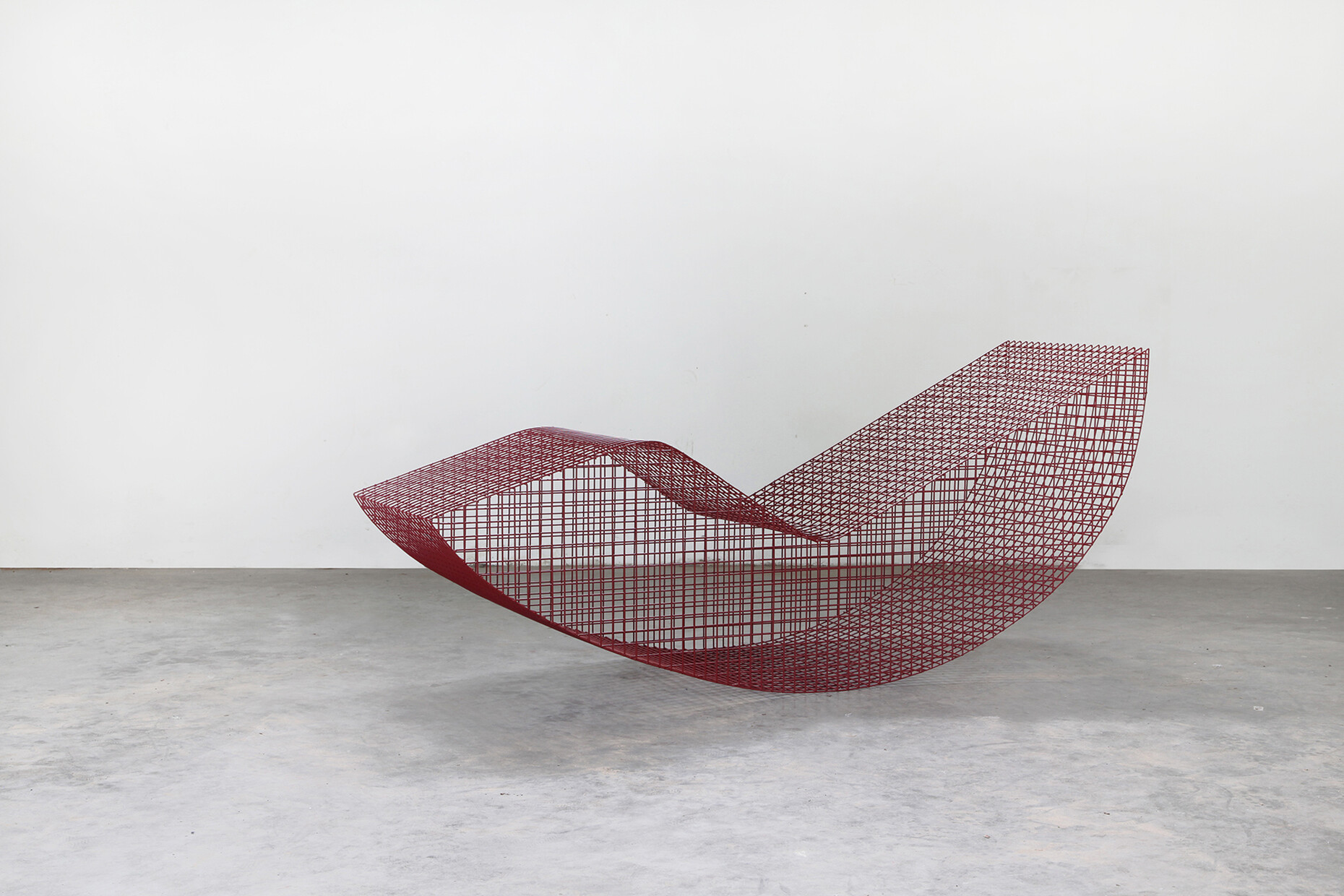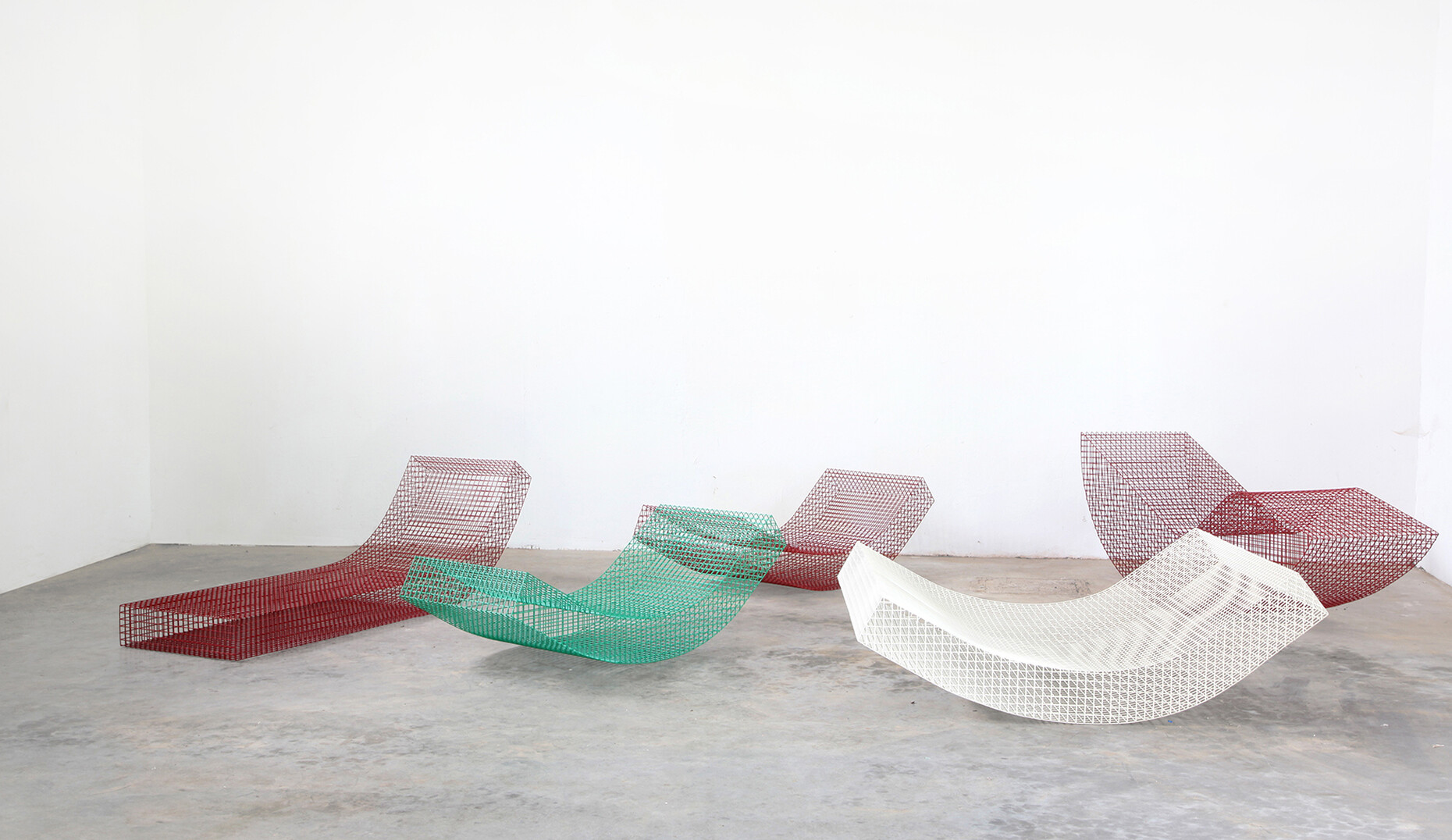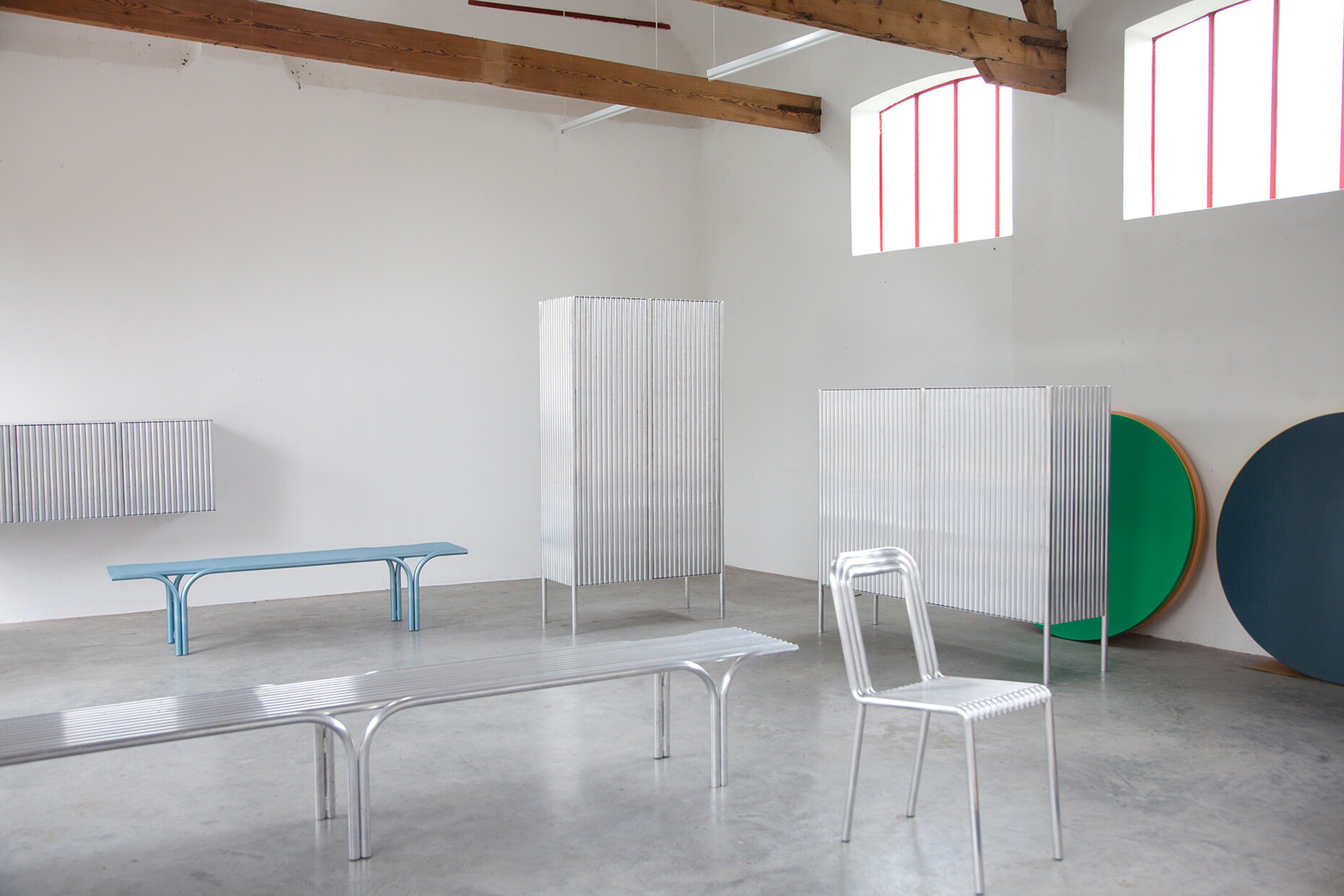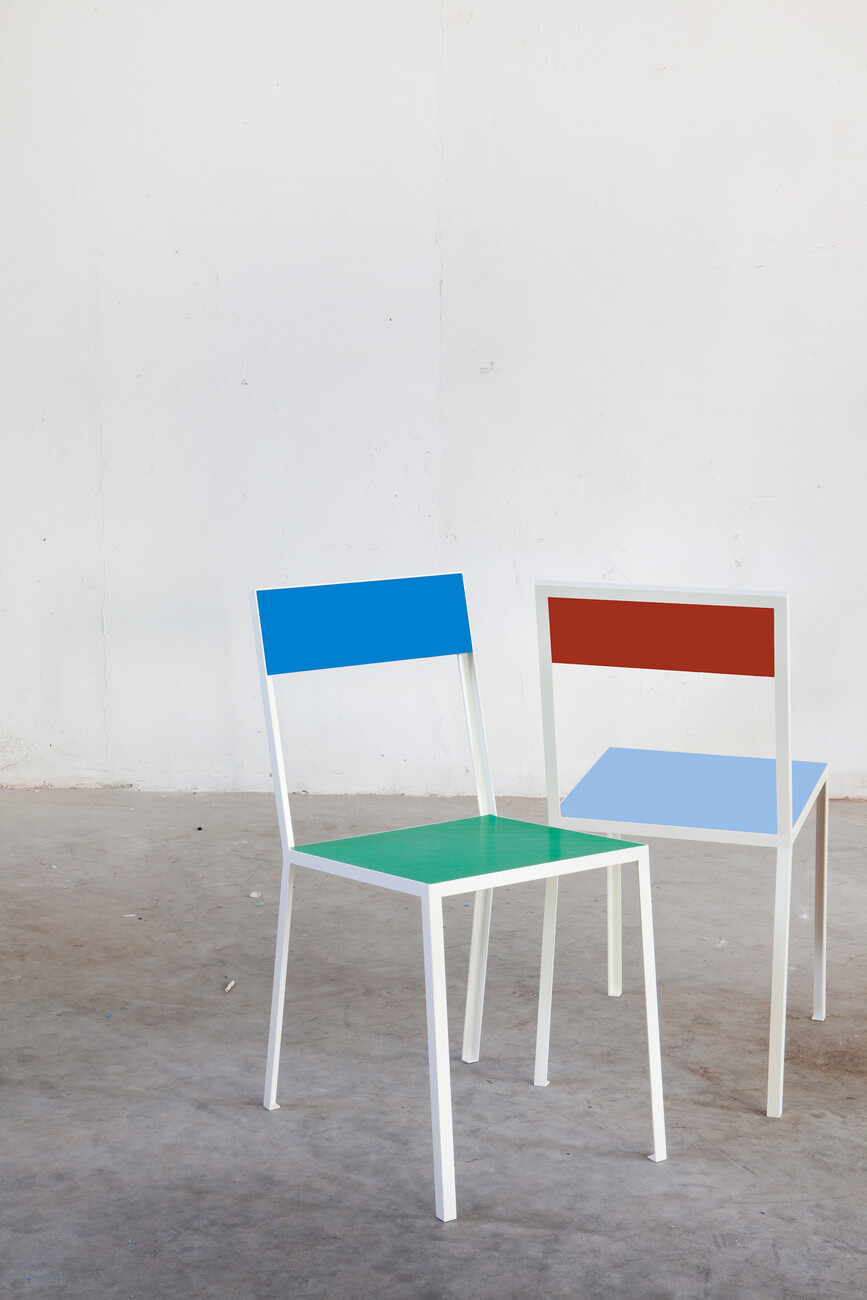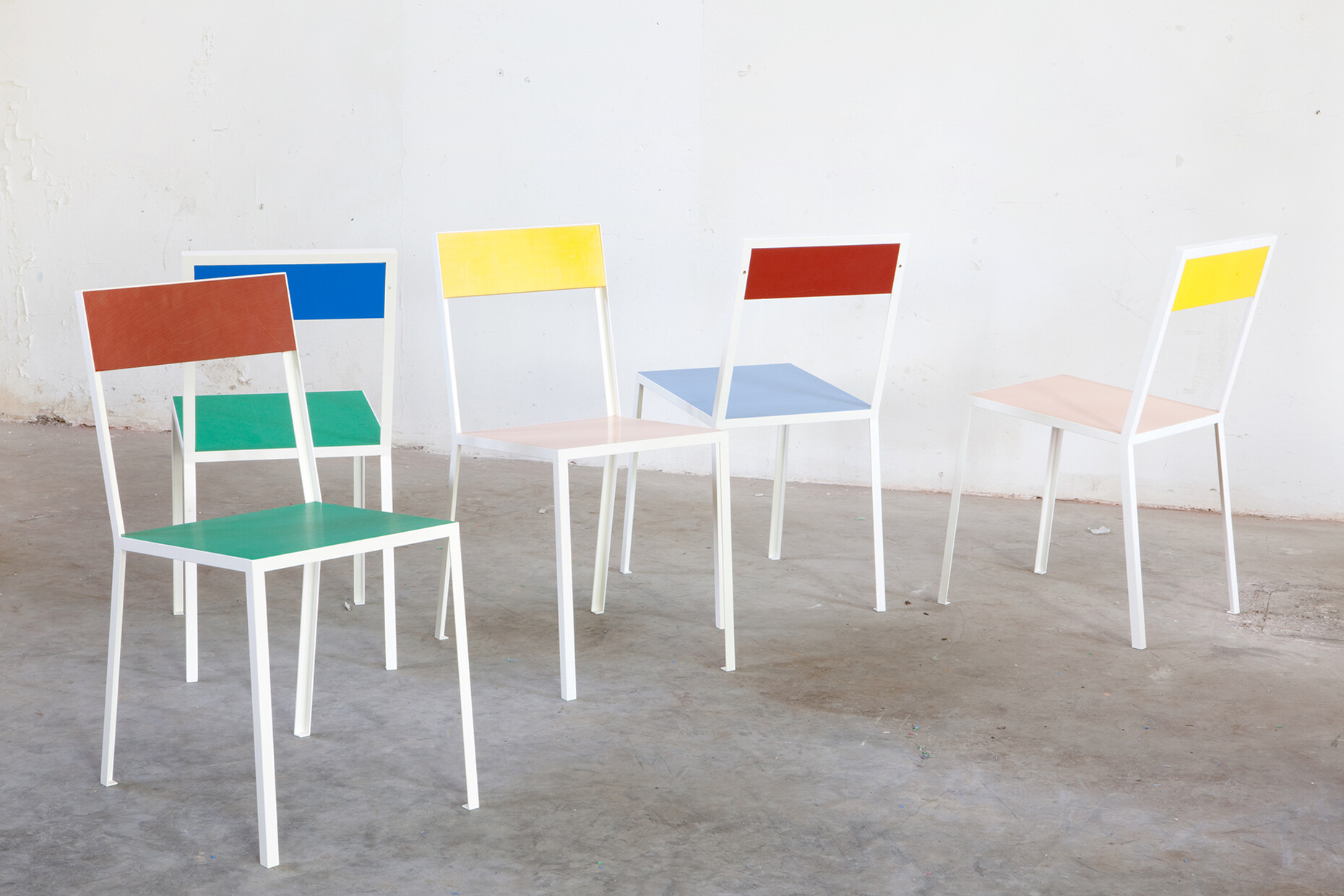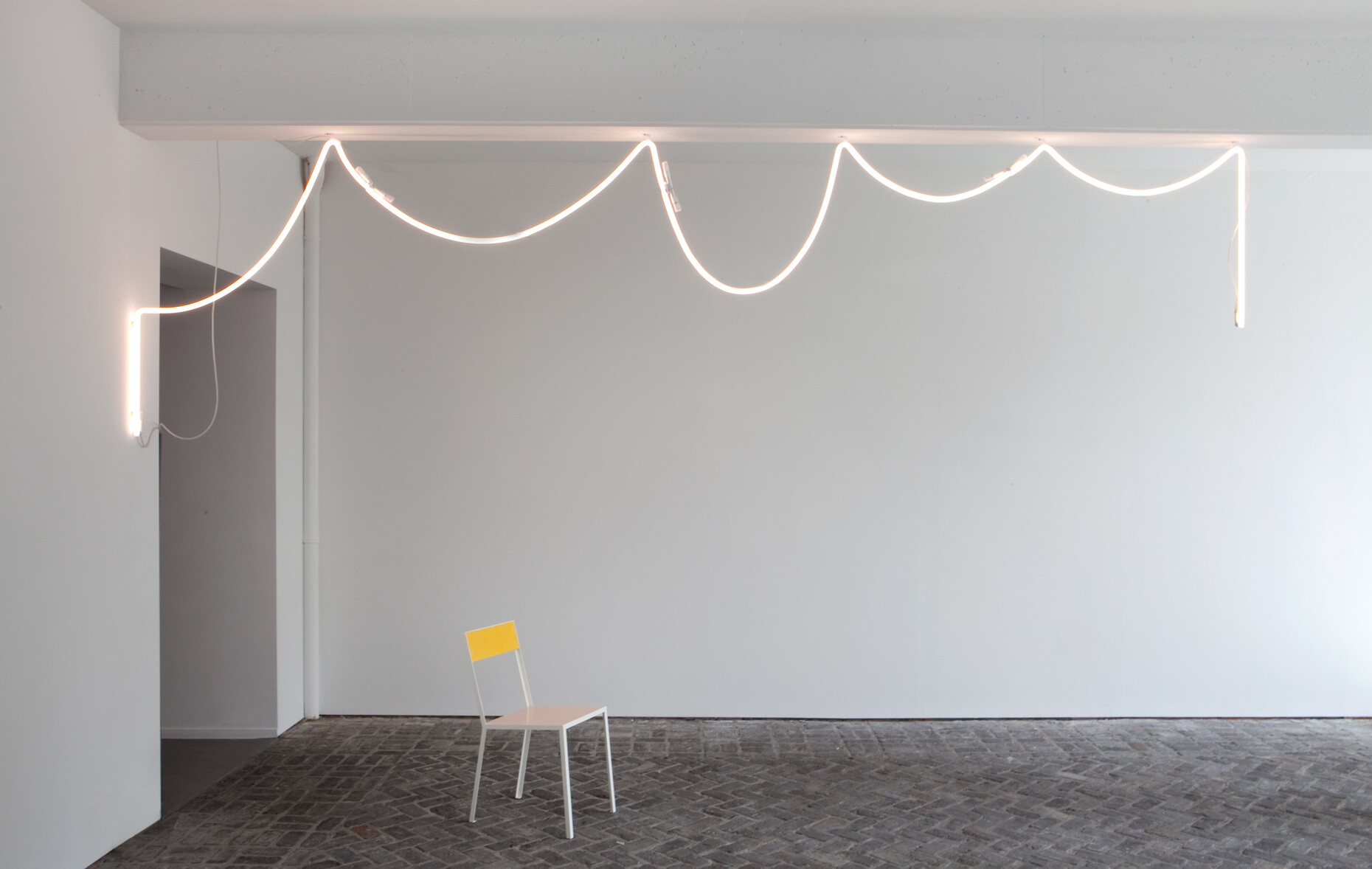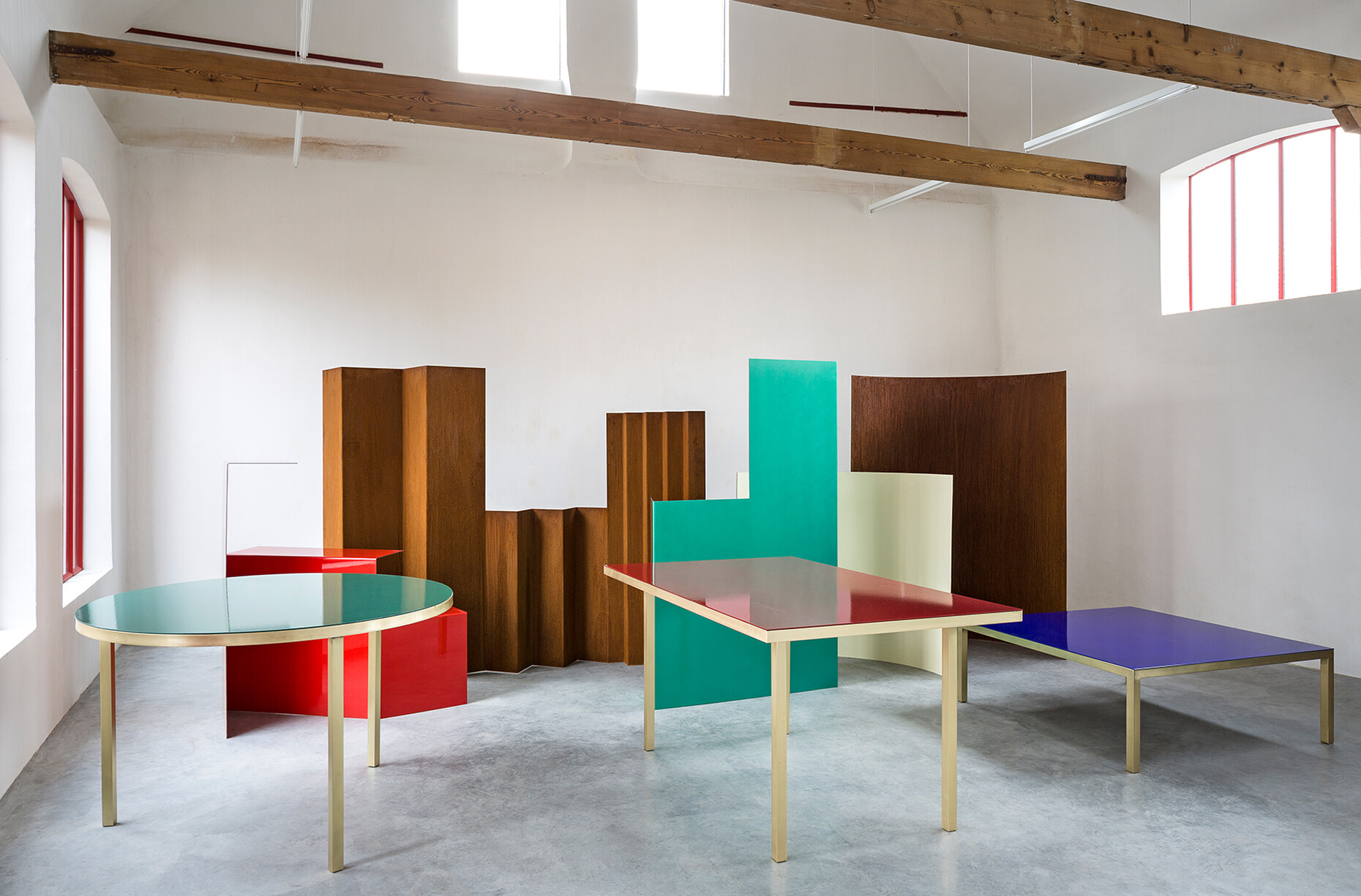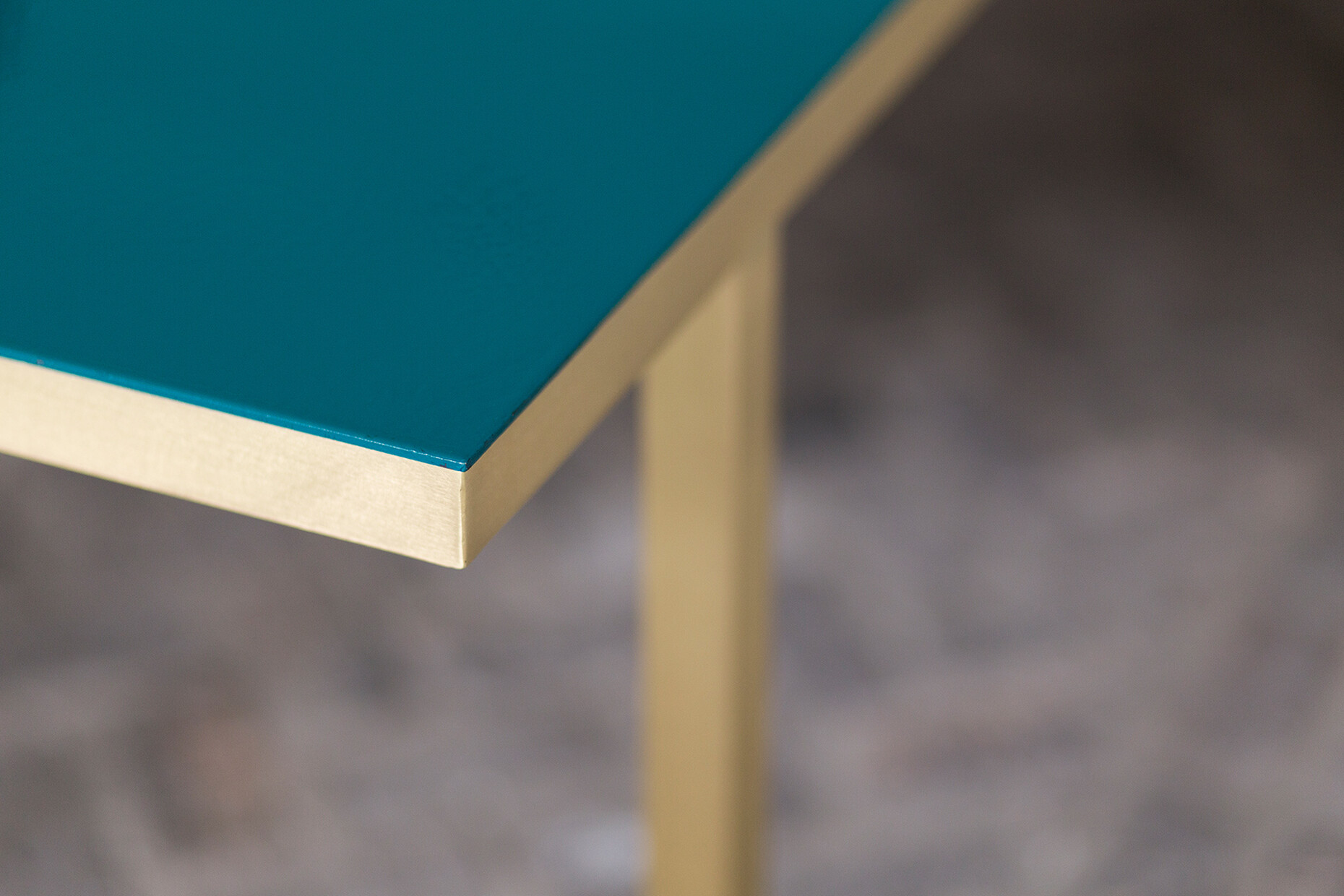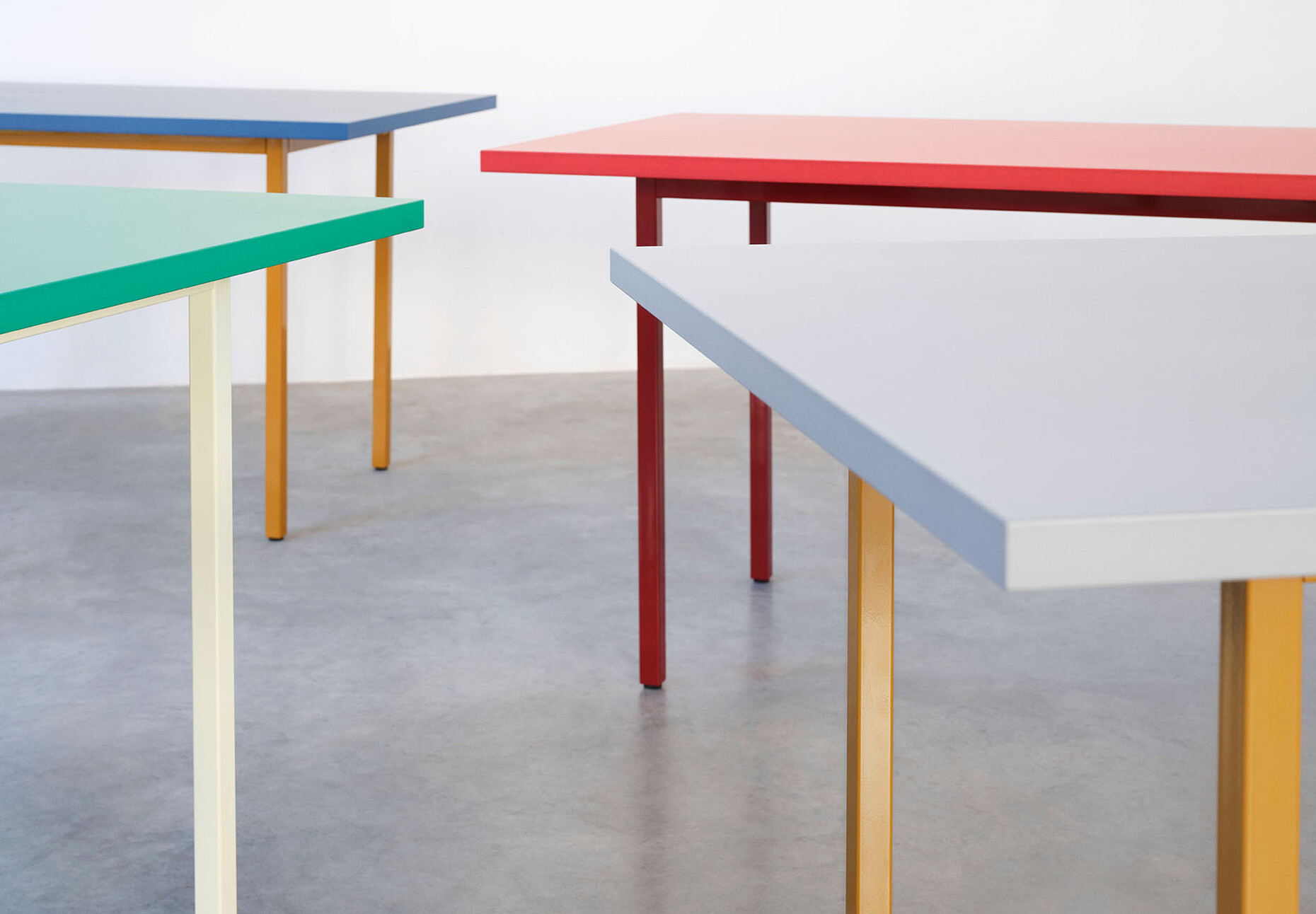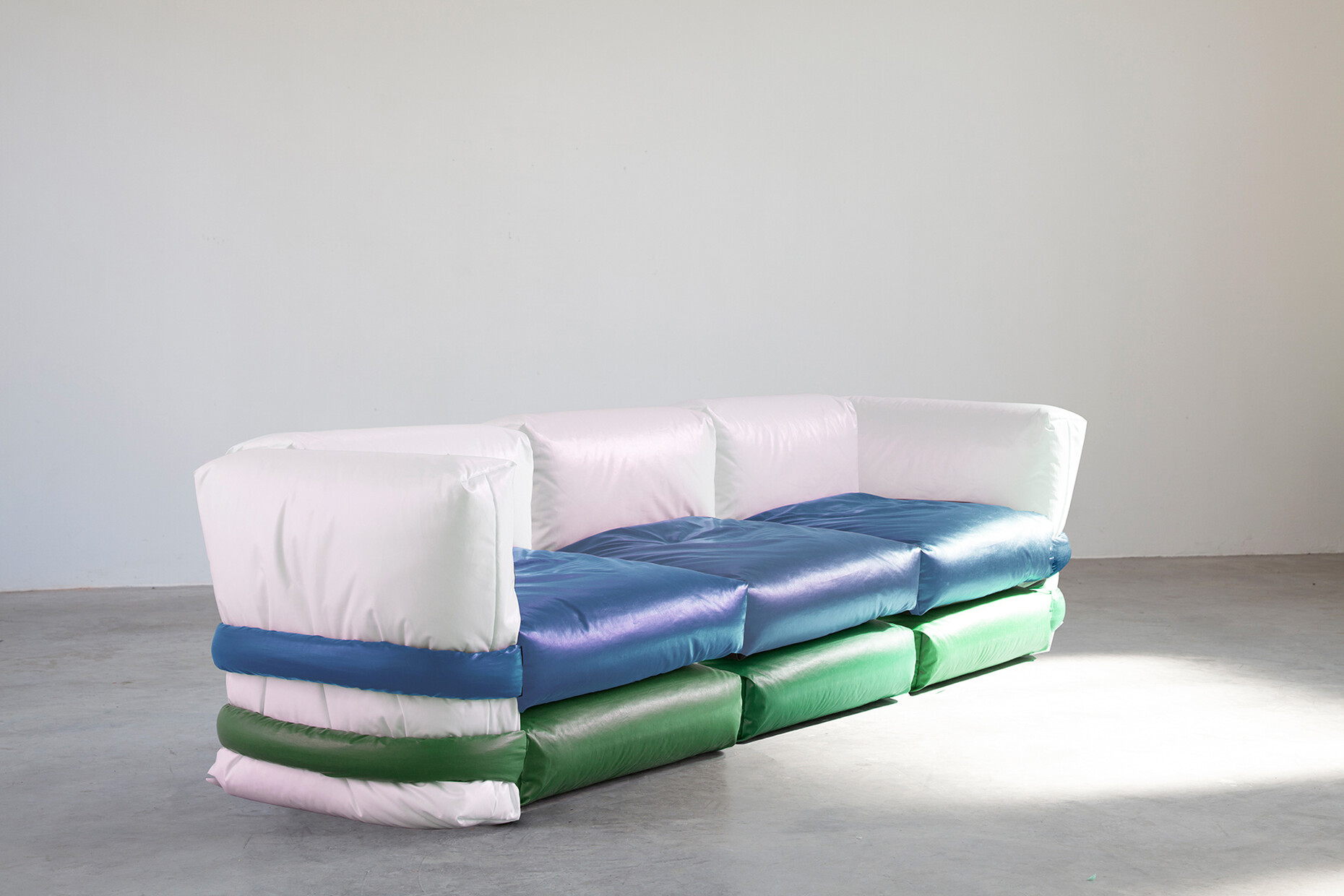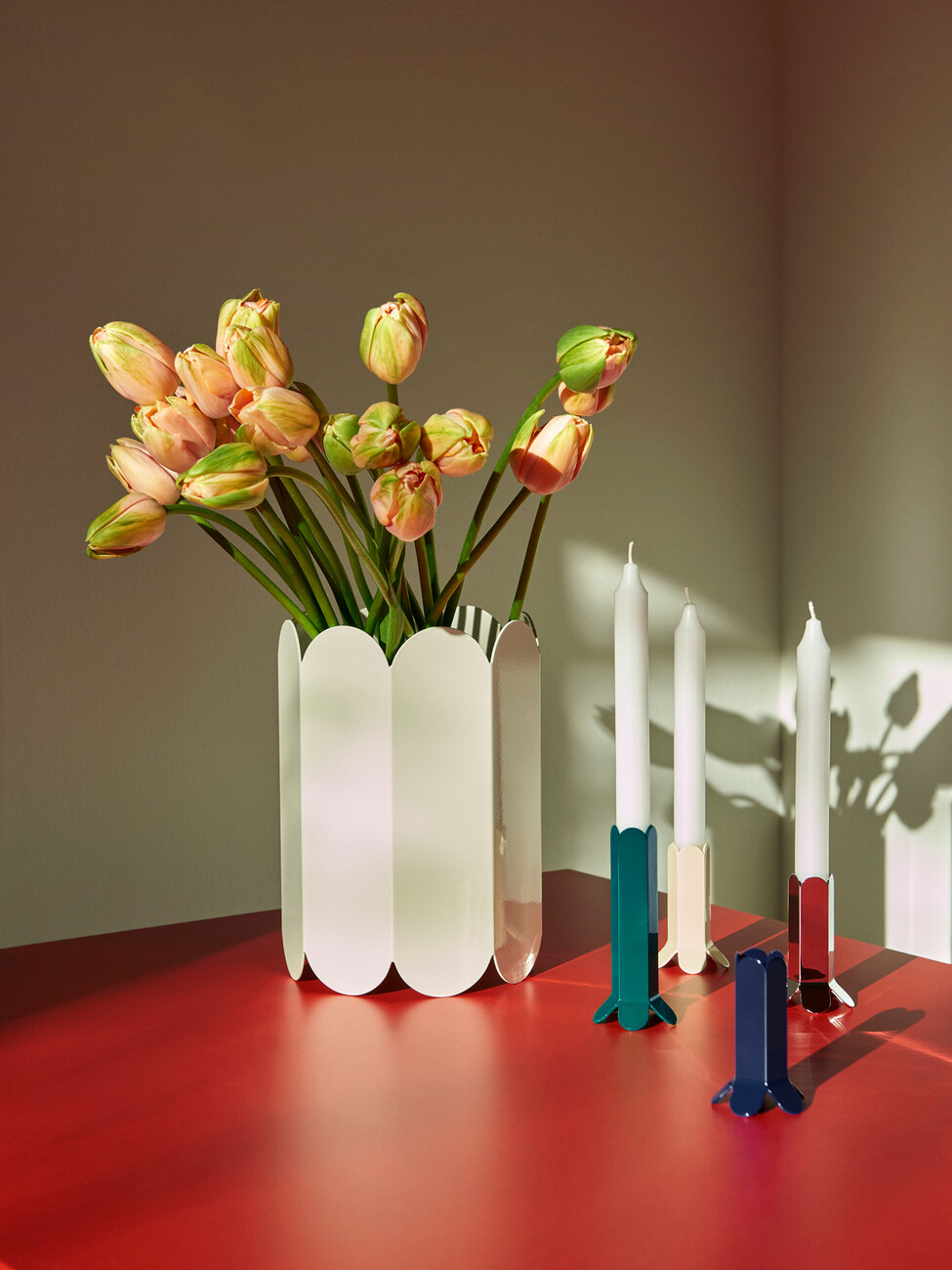Twixt art and design
The fact that Fien Muller and Hannes Van Severen decided to team up not only in their private but also in their professional lives was due to several coincidences: The inquiry from gallerist Veerle Wenes, who represents them to this day, provided the prompt to work together, and the fact that the couple was renovating their shared home together at the time offered the impulse to focus on designing furniture. Both had studied art, while up until that point Hannes Van Severen had created sculptures and installations and Fien Muller had been making photographs. “We each had our own way of working artistically but there were also many things we had in common. A different medium provided an ideal entry point for a collaboration. We had had some good experiences with working collaboratively before, following the principle “one plus one equals three,” recalls Hannes Van Severen. Being limited to making something functional for the first exhibition was actually a liberating experience for the duo: “Previously, working in art there were no boundaries, everything was possible. Yet we were always very interested in functional objects,” comments Fien Muller.
Muller van Severen’s designs are infused by the pair’s shared passion for art, architecture and materials – they list designers and artists such as Isamu Noguchi, Anne Holtrop, Le Corbusier, Oscar Niemayer, and Gordon Matta Clark as influences. What most fascinated the pair when it comes to design? “It is the sculptural aspect and how an object functions in a particular space or in relation to humans,” explains Hannes Van Severn. “It is a way of working similar to that in an artist’s studio: You make models, cut, glue, saw, and weld. Then there’s the love of solid materials. And the attempt to approach the items of furniture in a different, new way,” he continues. When they are finished, the furniture items appear intuitive and light.
Fascination for materials
While Fien Muller describes their way of working as being at core impatient (after all, they love to see results quickly) all Muller Van Severen furniture is nevertheless crafted by hand in small workshops. The rawness of the chosen material plays a special role in this: “We are constantly looking for new ways of bringing out the beauty of our materials and strive to let them speak for themselves without hiding anything,” Hannes Van Severen tells us. In this context, the pair believes good design stems from a combination of several factors. “The object must be both technical and poetic, a mix between simpleness and opulence, something that works everywhere, is well thought-through, and timeless. Now, that’s by no means a simple task, but it’s that makes things all the more interesting” he suggests. The current example of this is the “Pigeon Table” created together with chef Laila Gohar. Its simpleness and transparency is at the same time functional and aesthetic, contemporary and timeless. “We want to primarily create things that last. Things that can be passed down to children and grandchildren,” Fien Muller asserts.
Muller Van Severen sees colors as simultaneously form and material: According to Hannes Van Severen “they define the environment. One and the same object in a different color can turn into an entirely different object, and one that considerably changes the spatial atmosphere.” Yet absence interests the design duo just as much as do presence and charisma of an object in a space does: “Transparency is important to us. It allows for a backdrop that is as important as the work itself. An object should be able to breathe,” Fien Muller explains. Little wonder then that the pair also live and work in an extraordinary place. The duo calls its studio and home – an old brick building – the “Pippi Longstocking House”. Finn Muller describes it as follows: “It is a safe and familiar place that is over a century old and to which we can always return. We love being there and believe that our designs should be able to stand on their own there without difficulties. It is also the test space for our objects, where we try them out. But sometimes we also need the opportunity to get away from everything.”
